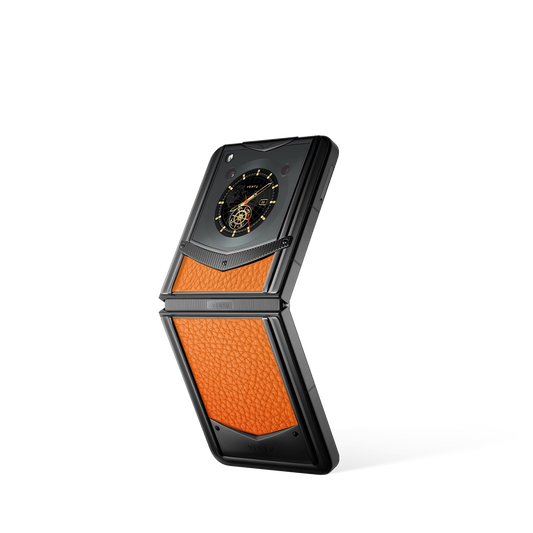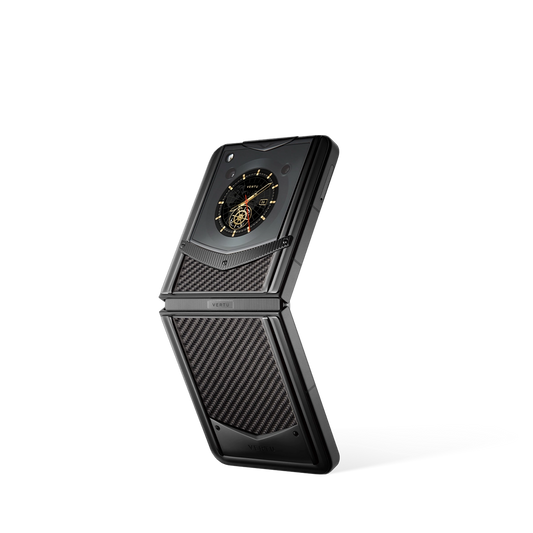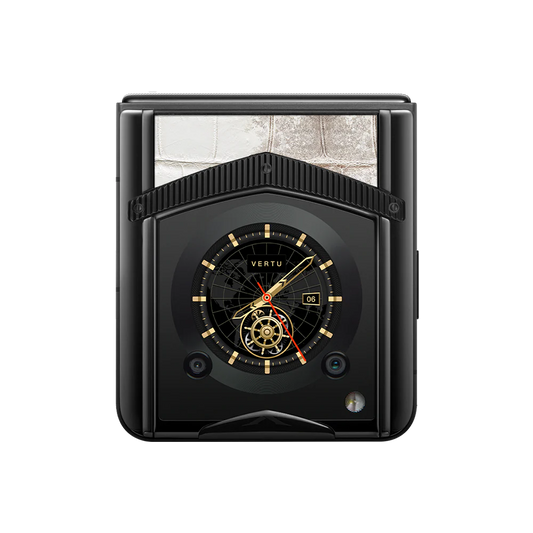Chapeau, Claque! The History of Opera Hat

Opera gave birth to many elegant theatre specialties, one of which is the Opera hat. Gentlemen wore these hats to the Opera House and stored them under their seats in a special frame.
The name 'Opera hat' comes from the sound it makes when opened ('Chapeau') and closed ('Claque').
Many large-scale opera houses could accommodate a significant number of spectators but were unable to provide cloakrooms. For aristocrats in crowded environments, losing a top hat was not a significant loss. However, pragmatism urged inventors to make corresponding reforms.
By the end of the 18th century, the top hat had elevated the image of the Englishman to a new level and soon became the standard for all formal occasions. The new velvet hat was too large. It presented challenges during evening events, despite making the gentleman look good.
When attending a personal family gathering, one could simply hand over their hat and coat to the servants. However, at the opera house, it was often necessary to keep them oneself. Carrying a hatbox everywhere was also impractical. Unless one was a foppish young man, an old-school gentleman would not want to be the laughing stock of their clubs and peers.
In 1812, Thomas-Francis-Dollman, a hatter from London, designed and patented a collapsible hat. It is unclear whether Dollman's design was intended for men or women, but many documents and enthusiasts believe that it served as the prototype for the Opera hat.
In 1834, Antoine-Gibus, a French milliner, filed a patent in Paris for a hat that folded with a hinged spring. This simple system of hinges acted as the backbone of the hat and was hidden in a fabric sandwich.
In 1845, the Gabriel-Gibus clan improved the design of the hat. The new design allowed the hat to instantly pop open without the need for manual assistance. The Opera hat was now indistinguishable from an ordinary top hat when closed, with only a slight difference in thickness under the brim.
The product was an instant success and began a century-long legacy. During the 19th century, the Gibus family owned the patent for the design of the Opera hat and made improvements to it. As a result, the Opera hat became widely known as the 'Gibus'.
The Opera hat was a formal hat with a limited time frame and occasion for use. It was usually made of satin for the upper classes, but the luster of the satin was thin and stiff compared to the deep oceanic velvet of the Top hat. This made it easy to distinguish between the two.
As an orthodox gentleman, it is generally expected to wear a top hat whenever possible. Wearing an opera hat during daytime activities, such as parades, may be seen as an attempt to show off one's social status. The only exception is when attending the Grand Opera House or other formal events where an opera hat is more appropriate. It is important to note that the opera hat should only be worn on necessary occasions, such as the Grand Opera.

















